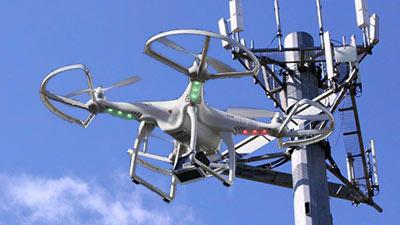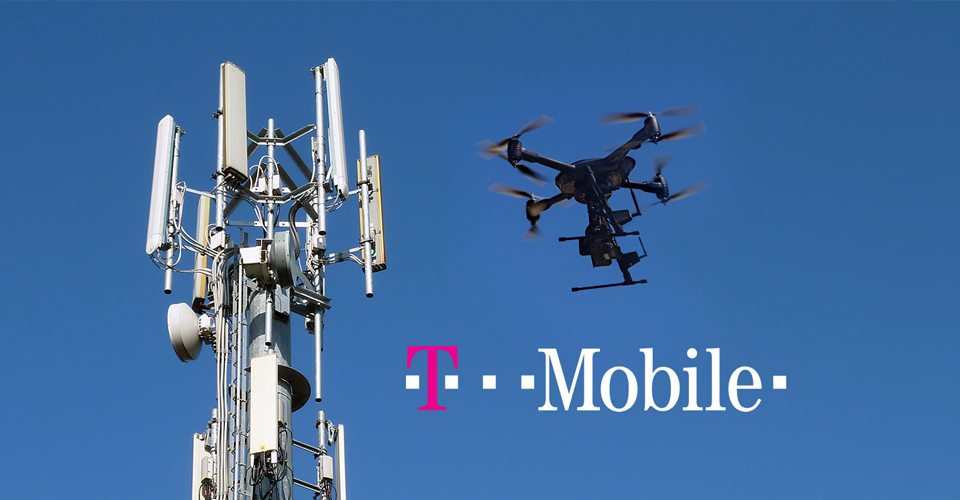One of the most dangerous jobs in America is power line maintenance.
Over 330 people were killed last year due to falls and electrocution while working on power lines, thousands more were injured. Now one energy company is employing sophisticated drones to monitor power lines, allowing workers to trade the sometimes-scary task of climbing way up a swaying tower in possibly lousy weather to check out a junction for a ground-based drone control and monitoring job.
“We find that using drones, we can reduce the number of hazardous hours that it takes to do certain types of maintenance. And we can also enhance the efficiency of the business.”
And AES is not just focused on aerial drones to reduce occupational risks. It recently announced a program seeking unmanned methods of evaluating energy production and transmission equipment. The risk here is intense heat; when something goes awry it often takes considerable time for the site to cool down enough for a human to enter and figure out what’s happened. AES is looking for ways to use “unmanned technology” to get in quickly, assess the problem, and fix it.
measure is the company working with AES; they’re deep into multiple ways to use drones in heavy industry. For example…
- shipboard workers using drones to check on container stability, possible fuel leaks, wiring and hoses
- firefighters using drones heat-mapping capabilities to identify hotspots, vulnerable areas, trapped people
- tower workers using drones to keep nesting birds at bay
What does this mean for you?
Fewer accidents, lower risks for workers, reduced worker’s comp premiums.
And this is just the start.





Joe,
I do a lot of work with clients in the public sector. You cite firefighters using drones to find hot spots. In addition, some departments are using them to look for people in fires. Building inspectors use them for inspections in difficult situations. Police use them in situations that they consider potentially dangerous. They are extremely valuable any time you are dealing with employees needing eyes well above the ground or in dangerous situations at any altitude. There are also privacy considerations if not used properly that can trigger liability claims..